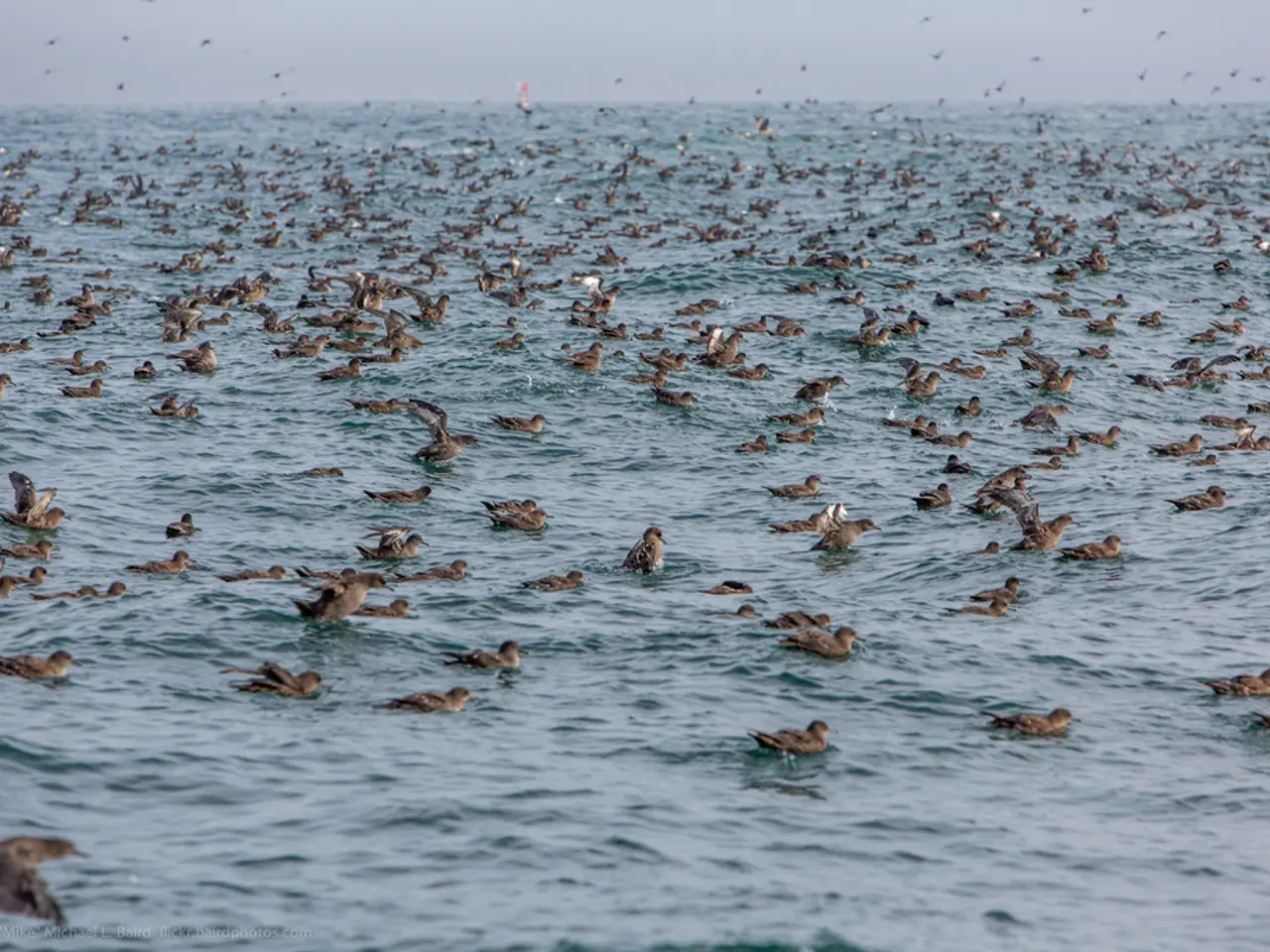A selection of beloved seabirds includes puffins, shearwaters, skuas, terns, gannets, gulls, and guillemots.
**Seabirds of the British Coastline: A Diverse and Fascinating Maritime Menagerie**
From the rugged cliffs of Scotland to the picturesque shores of Wales, the coastline of Britain and Ireland is home to an extraordinary array of seabirds, each with its unique characteristics and adaptations. These birds, which spend a significant portion of their lives at sea, are a testament to the rich biodiversity found in the marine world.
Seabirds, as defined, are birds that rely on the ocean to survive, their bodies evolved for the marine environment. They have hydrophobic feathers, specialized feet, and a diet that often includes fish, squid, krill, or other marine organisms. Examples of seabird species include the osprey, sooty tern, terns, albatrosses, petrels, and gulls.
One of the most fascinating seabirds found in the British Isles is the Great Skua, or Bonxie, known for its aggressive dive-bombing of humans and daylight seaway robbery of other birds. These birds breed in the northernmost isles but can be witnessed on all coasts outside summer.
Another intriguing species is the Manx Shearwater, a pelagic wanderer that tilts or 'shears' in flight above the waves. They are eponymously famous for this movement and cannot walk well on land, shuffling to their burrow nest at night to avoid predators. The British coastline hosts 80% of the world's Manx shearwater population.
Puffins, with their multi-colored triangular bills and ability to hold several fish in their bills at once, are another popular seabird found in Britain. Storm petrels, our smallest breeding seabirds, are known for their long-distance swimming abilities and were often encountered by sailors at sea.
Guillemots, specifically the pear-shaped single egg, have unique individual markings and are collected by oologists. Approximately a million pairs of guillemots are spread around the coast, with the largest guillemot 'city' being at Flamborough and Filey Coast in Yorkshire, boasting 57,000 breeding pairs.
The Bass Rock in the Firth of Forth is home to the largest gannetry on the planet, with 75,000 breeding pairs. Herring gulls, infamous for stealing food from humans and mimicking their food choices, are a declining species, down by 50% in 25 years.
Britain and Ireland host more than eight million seabirds from 25 species, with many seabirds preferring to live in colonies and can be found in large numbers on cliffs and remote rock stacks. These seabird cities, concentrated in the north and west, especially on islands such as St Kilda and Handa off Scotland, Skomer and Skokholm off Wales, are a spectacle to behold.
In conclusion, the British coastline is a veritable treasure trove of seabird life, each species with its unique characteristics and adaptations, providing a fascinating insight into the marine world. From the aggressive Great Skua to the graceful Manx Shearwater, the British Isles offer a wealth of opportunities for seabird enthusiasts to marvel at these amazing creatures.
- The聚落化的海鸟群(seabird colonies)在北部和西部的乡村地区(countryside areas),尤其是asonal islands such as St Kilda和Handa off Scotland, Skomer and Skokholm off Wales, 常见,这些地方就像海鸟的天堂,每天都澄








